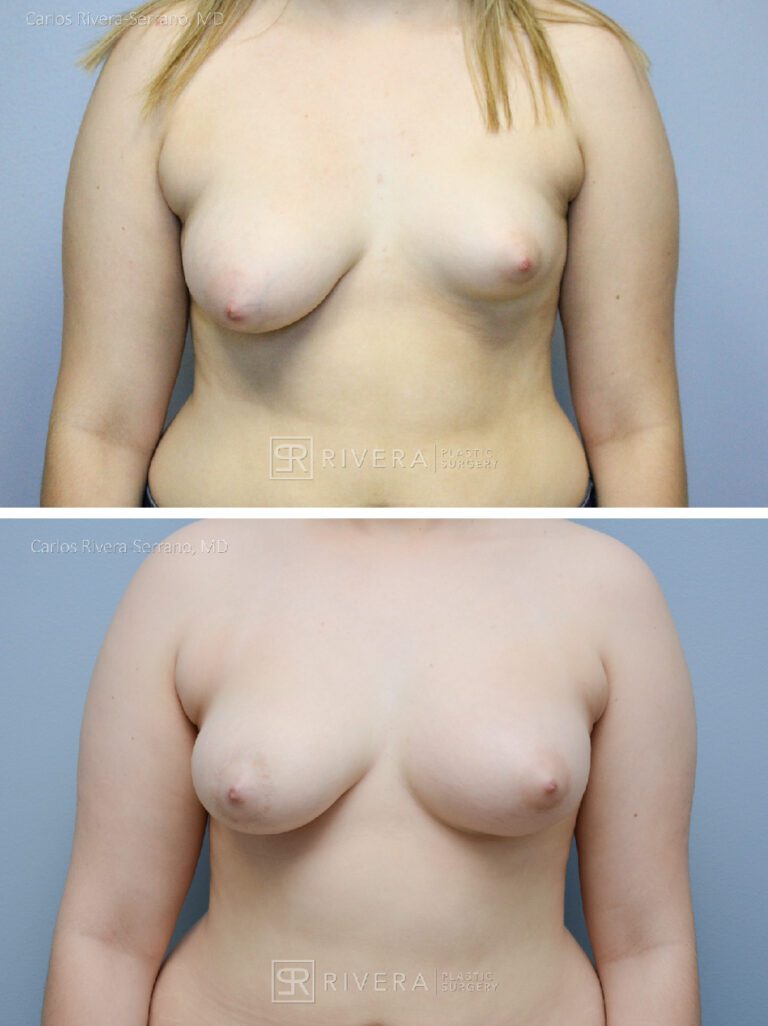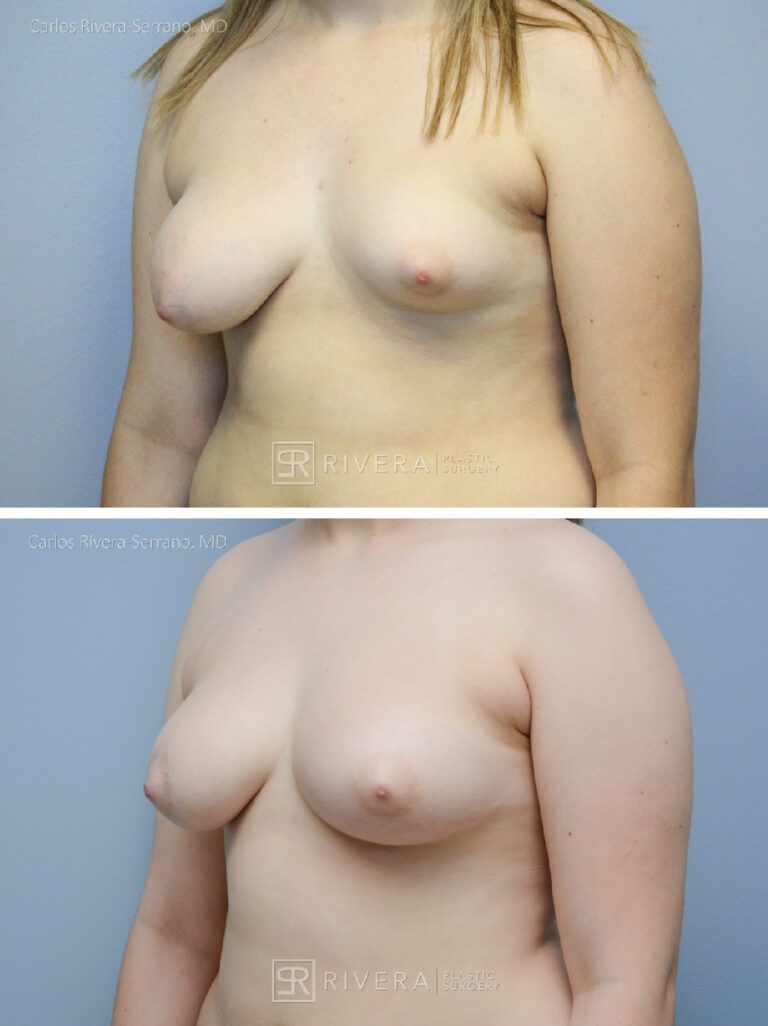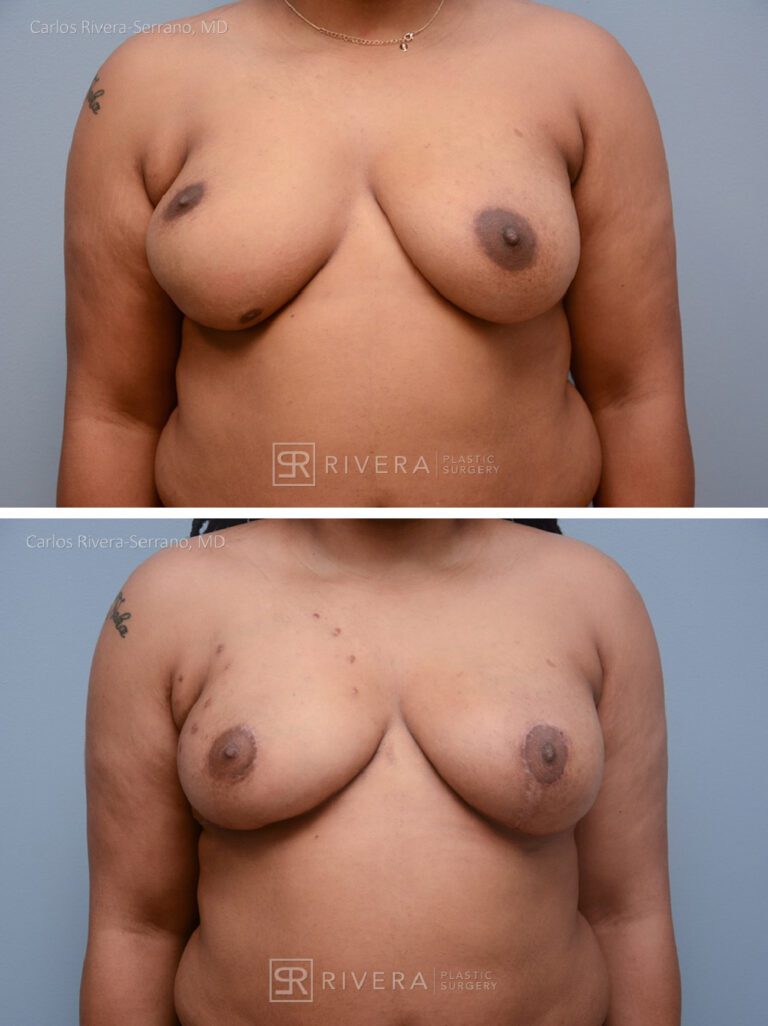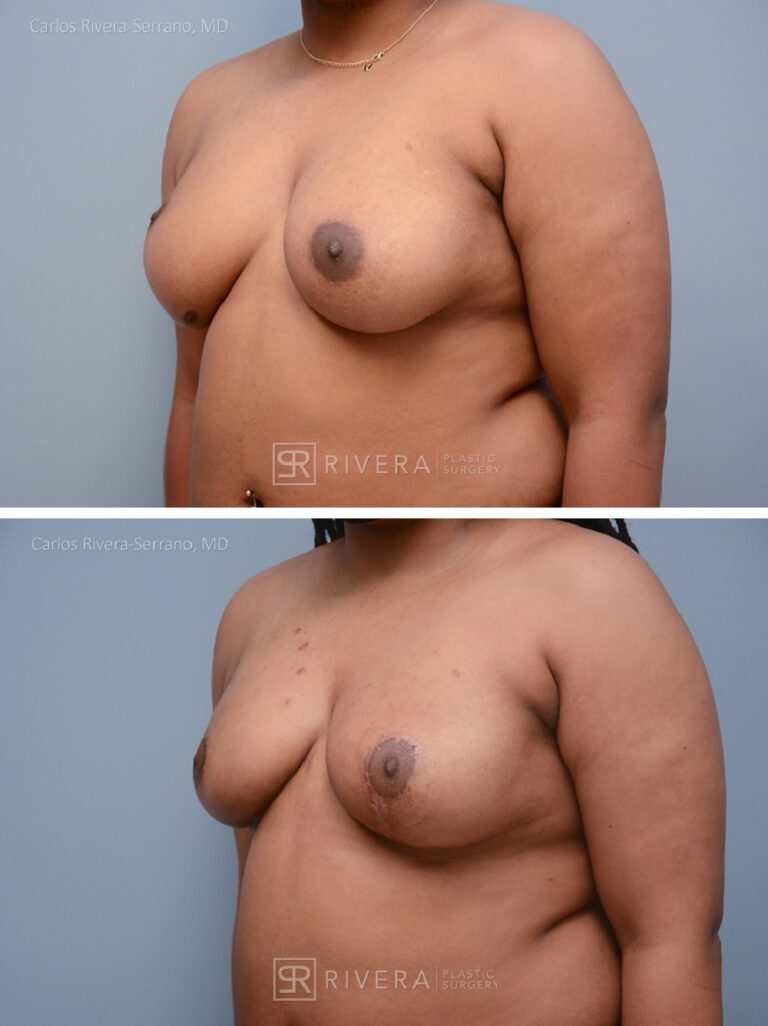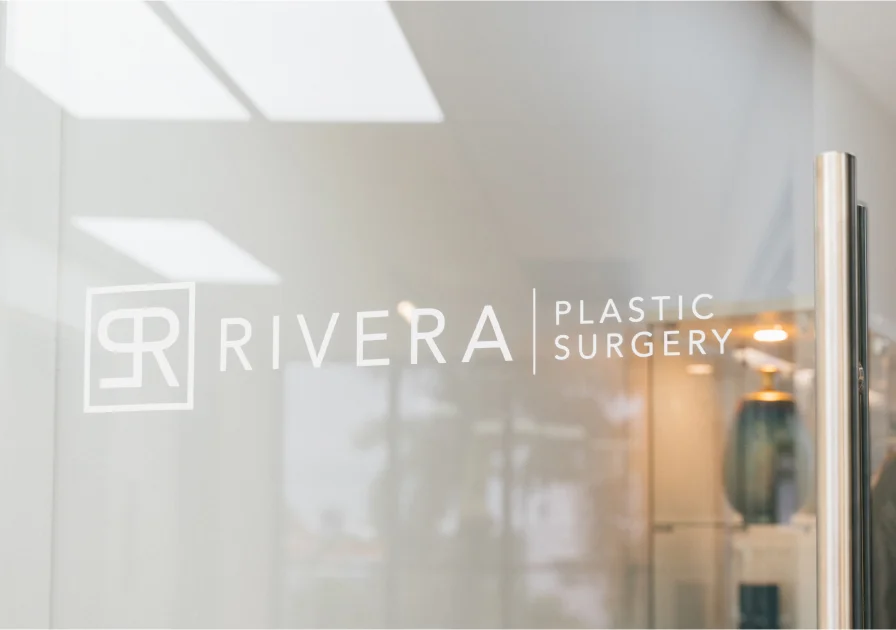What is a Breast Augmentation with Fat Transfer?
Breast augmentation with fat transfer is exactly as the name suggests – increasing the volume of the breasts using the body’s fat cells or “fat grafting.” The results of augmentation with fat grafting are very different than those with implants. The latter provides significantly more cleavage and upper pole fullness, or “perkiness,” than fat transfer. If this is what you want, implants will be better for you.
Moreover, implant results can yield more dramatic results, given an implant’s much higher volume than the potential fat transfer volume. Also, fat grafting is permanent, and the results can fluctuate with body weight. Nevertheless, not all transferred fat survives (only approximately 75-50%), and repeated procedures are sometimes necessary. Given the above, a small amount of overcorrection is almost always carried out.
As mentioned above, fat transfer operations are not as powerful in volume as implants. This is also because there is a fine limit on how much fat can be transferred. As an analogy, let’s compare fat-grafted cells to grass seeds. For the grass seed to survive, it needs to be placed in an area surrounded 360 degrees by good soil. If many seeds are placed together as a group, not in contact with soil, many are not going to germinate and survive.
The same happens with fat cells; however, the outcome is even worse, given that the dying fat cells can form cysts and calcifications that may be palpable and even confused with cancer. As you see, augmentation and fat transfer results are different, but both have their benefits. Lastly, augmentation with both fat transfer and an implant (hybrid or “composite” breast augmentation) can be carried out depending on the patient’s preferences.
